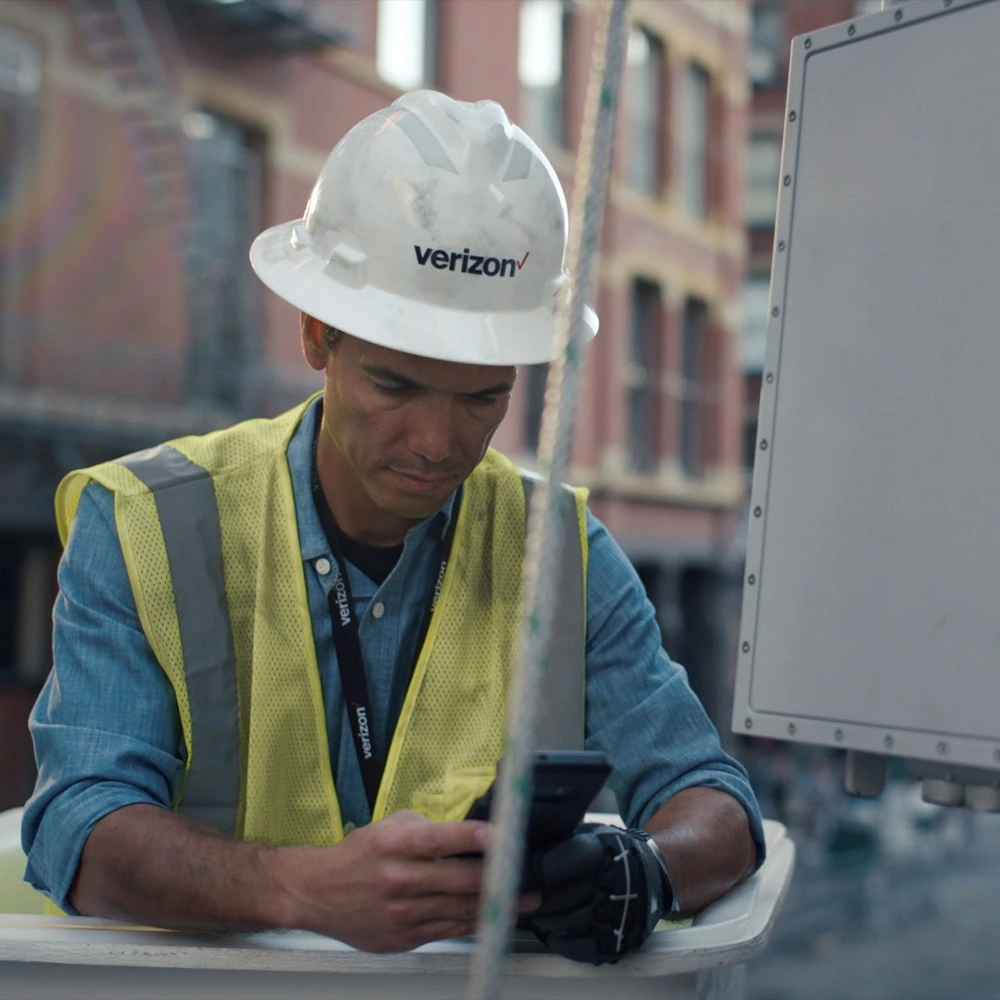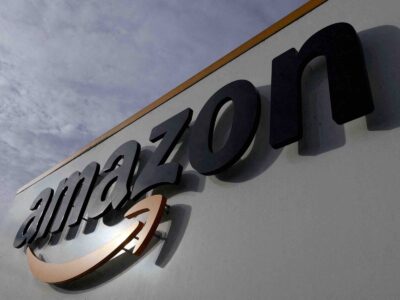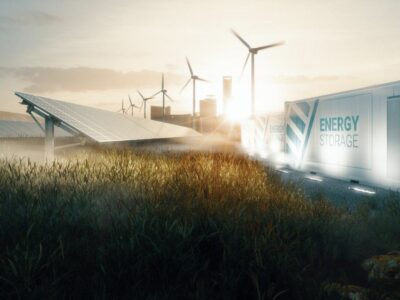Telecommunications giant Verizon Communications has announced a new goal to source 100% of its electricity consumption from clean sources by 2030.
The company is already anticipating exceeding its targets for renewable energy generation as outlined in its latest Green Bond Impact Report. The report covers the allocation and impact of Verizon’s fourth $1 billion green bond that was issued in March 2022.

Verizon plans to become net-zero in its operational emissions by 2035. In addition, the telecom has set two interim targets of sourcing 50% of its annual electricity usage by 2025 and 100% by 2030 from renewable energies. Most of the company’s emissions come from the electricity it uses to power its networks.
Verizon issued its first green bond in 2019, leading the U.S. telecom industry in that area. To date, it’s allocated four green bonds for a total amount of $4 billion. The net proceeds have been used to fund new and existing green investments. The funds are used for renewable energy, energy efficiency, green buildings, sustainable water management, biodiversity, and conservation.
“As one of the largest corporate green bond issuers in the U.S., and as a leader in green finance and diversity in the capital markets with our Green Financing Framework, we are proud that our actions are contributing to greener power grids across the nation,” said Matt Ellis, executive vice president, and chief financial officer at Verizon.

The net proceeds from its fourth green bond have been allocated to virtual power purchase agreements (VPPAs). Those agreements usually cover off-site multiyear contracts with large renewable energy partners without needing the physical delivery of energy. They are purely financial transactions that allow buyers who have a highly distributed electricity load to meet their renewable energy goals efficiently.
Verizon’s VPPAs cover 850 megawatts of clean energy capacity across seven states. Seventy-one percent of it will be coming from wind energy, while 29 percent will be generated from solar.
“Our network operations are located across the country and require a constant supply of electricity to operate. It is not feasible to power our network operations directly from solar or wind generation facilities during every hour of every day, so we are dependent on sourcing power from our nation’s electrical grids,” said Verizon in its Green Bond Impact Report. “Today, much of that power is “brown” power, produced from conventional fossil fuels such as coal and oil. To achieve our operational net-zero goal, we are helping to accelerate the transition to greener electrical grids across the United States.”

So far, Verizon has entered into 26 VPPAs for nearly 3.3 gigawatts of anticipated renewable energy capacity. This has resulted in the company’s ability to exceed its 2025 renewable energy targets.
The impact of those VPPAs includes the avoidance of over 4.1 million metric tons of GHGs annually. This is equivalent to more than 890,000 passenger cars driven annually, according to emissions calculated by Verizon using EPA Regional eGRID data. The agreements will also help ten renewable energy developers to build new wind and solar energy facilities in 14 states.
As of Feb. 2023, seven projects are already in commercial operation, generating renewable energy. Verizon has contracted for about 0.8 gigawatts of energy generation from these projects. This represents about 25% of its anticipated capacity from the VPPAs. The contracted capacity should produce around 3 million megawatt-hours per year, equivalent to providing power to nearly 250,000 homes for a year.





